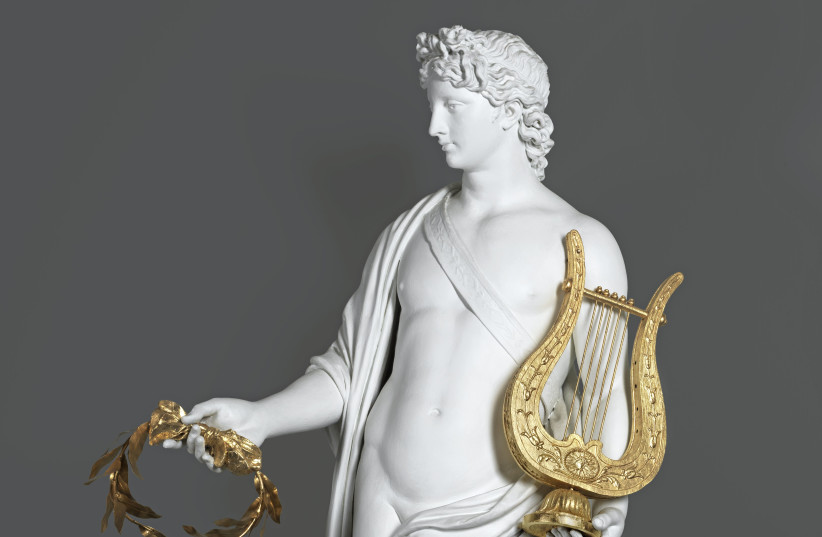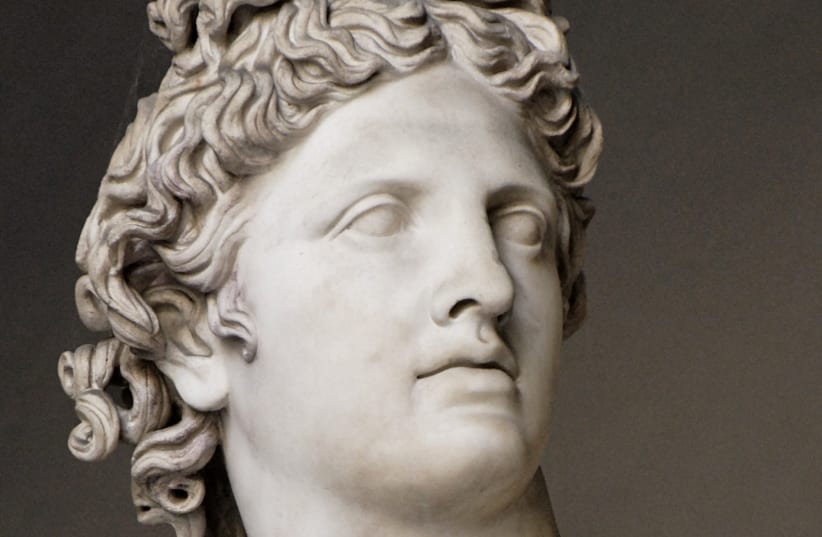Historical treasures continue to be uncovered in the UK as a metal detectorist has discovered a silver ring in an Essex field that may be linked to a famous Roman jeweler's hoard unearthed in Norfolk in 1985, according to BBC news.
According to a historian, the ring is inset with a carnelian carving of the god Apollo and appears to be from the same workshop as the Snettisham hoard of carved gemstones.
Essex finds liaison officer Lori Rogerson stated that the ring was worn in the 2nd century and the wearer would have sought the god's protection.
The Snettisham hoard, which included 110 unmounted gemstone intaglios, silver jewelry and ingots, 110 coins and tools, was discovered buried in a pot during construction work and is now housed at the British Museum.
Rogerson explained that the ring's carving style, which was achieved using long strokes, and its dating from 125 AD to 175 AD, suggest that it may be connected to the Norfolk hoard.


The discovery of this ring has the potential to shed more light on Roman-era jewelry-making and trade practices in the UK.
What is the ring?
According to Rogerson, the ring would have served as a seal for signing documents in the Romano-British society.
"Literate men and women who lived in the society around military towns would have used the ring to leave an impression of the engraved image in wax," she explained.
This indicated the use of sophisticated methods for authentication and authorization in that period and would also be considered a "very personal" object.
The close personal relationship between these individuals and their gods and goddesses is further highlighted by the depiction of Apollo on the ring.
Another ring that was discovered in Upper Winchendon, near Aylesbury, Buckinghamshire, in 2018 is also believed to have links to the Snettisham workshop, where the large hoard of Roman-era treasures was discovered in 1985.
Following its declaration as a treasure by a coroner, the Chelmsford Museum hopes to acquire the Essex ring, which has the potential to provide further insight into the jewelry-making and trade practices of the Romano-British society.
